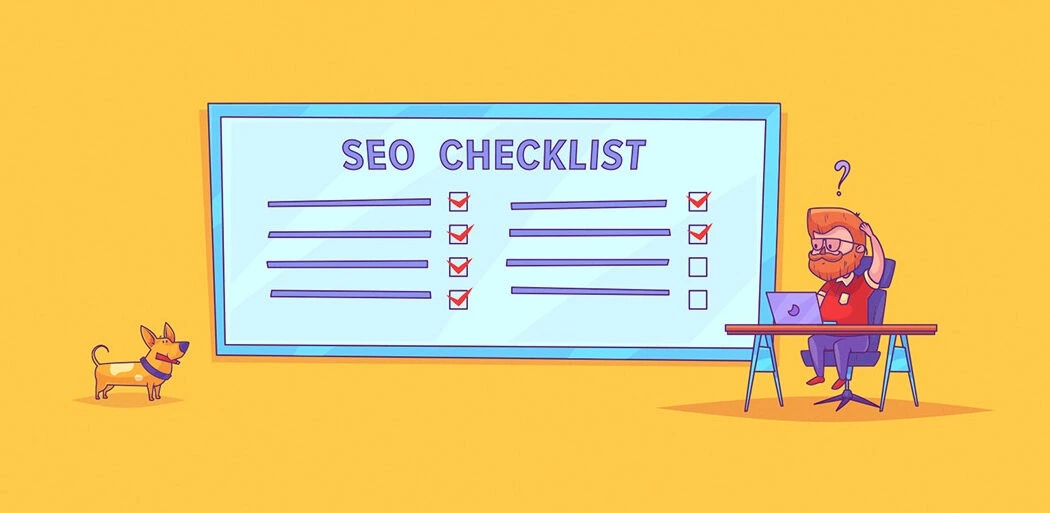If you are like most small business owners, you’ve heard of local SEO but you are still wondering what in the heck it is. In a nutshell, Local SEO refers to the type of optimization that focuses on local search results when someone searches for the products or services that your business offers.
1. Research Local Keywords
Probably one of the most overlooked or discarded tasks by small business owners is researching what keywords their clients are searching for to find their type of business. You have to think like your ideal customer. It’s hard to do when you have your nose to the grindstone, worrying about staffing, making payroll, and paying the rent. Finding out what keywords are being used by your ideal customers takes work.
It is a major part of creating your local SEO strategy. Think of words that might relate to your business’s city, town, or region, and include common landmarks.
Local SEO Pro Tip: Identify every recognizable landmark near your place of business and make sure to use them in your keywords and content throughout your website, online directories like Yelp and GMB and use their notoriety to make it easy for people looking for your type of business near those landmarks.
2. A Well-Defined Local SEO Strategy
With SEO in general, Google prefers high-quality content. For local SEO, things are no different. Optimize your website’s tags and descriptions, and provide readers with something they want to know about, like what makes your coffee different. In addition, to outrank the other local coffee shops, you have to establish authority. That can be accomplished by earning links from relevant and high-authority websites or blogs.
Local SEO Pro Tips: Hire a professional writer who understands SEO and keyword strategies to write the content for you. It will more than pay for itself with the traffic that it generates over a year and the future.
3. Comprehensive Local Location Strategy
Local SEO Pro Tips: Google’s algorithm favors local businesses. They want to level the playing field. With that in mind, without a local location strategy, you are giving up that advantage to the larger brands. If you want to know what is a local location strategy, give us a call or schedule a complimentary consultation and we will create an outline for your business at no cost to you.
4. Get To Know What Google Likes
5. Mobile Compatibility
Local SEO Pro Tip: Use Google Pagespeed Test to see how well your site is performing at this moment. Make the recommended fixes and watch your page rise in the rankings.
6. Get In the Google Local 3-Pack
85% of consumer engagement happens from the top 3 local results in the Google Map results. If you are not showing up in those top 3 you are fighting over the leftovers, that’s 15% divided among the next 7 results. To secure a spot in the highly coveted Google 3-Pack, you must provide the right local signals to Google so your business shows up when nearby customers search for what your business offers.
There are no magic bullets to get ranked in the top 3, but there are ways to make sure nothing is stopping you from getting your business in the top 3. Make sure your GMB listing is fully optimized (everything is filled out and accurate). The same goes for your Yelp and any other directories. Make a post inside your GMB listing at least once a month. Make sure those posts have keywords of the products or services you offer.
Local SEO Pro Tips: Encourage your customers who give you reviews to use and mention the products or services you offer. For example, if you’re a plumber and you want more tankless water heater installs, you want to make posts about tankless water heaters and when clients mention tankless water heaters in their reviews, you have a much higher chance to be in the 3-pack. Engagement with your listing matters! The more people engage (click) with your listing, Google sees that and is more likely to show your business to people looking for what you have.
7. Relevant GMB Business Category
Google My Business categories (or Google Maps categories) are super important to get right when you are setting up or updating your GMB listing. Make sure that the category you choose describes what your business is both to people and the search engines. You have the option to set both primary and secondary categories for your Google My Business listing.
The problem most business owners have is to find all the relevant categories for their business amongst the 3942 GMB categories. Many people skip this step or choose maybe one or two and fail to choose the best category for their primary category. This is probably the biggest reason you are not showing up in the 3-pack for your industry.
Something to take note of is that you can choose one primary category and up to 9 secondary categories. Choosing your primary means that is what Google will give the most weight to when suggesting you to searchers.
Local SEO Pro Tips: More categories are not better. Add the least number of Google My Business categories possible to describe your core business (4 to 5) – The more categories you have, the weaker each category is for the searches your prospective customers make for your type of business.
One last thing, optimizing your business’s website for local search will drastically improve the number of visitors you see. To make the most out of your marketing efforts, include these must-do’s in your overall marketing strategy.
If this sounds like way too much work for you, you are not alone. Give us a call or schedule a complimentary consultation and we can help assess our current local results and give you a strategy to roll out.







0 Comments